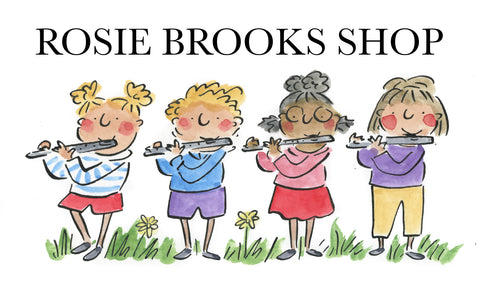Gong original pen and ink and watercolour illustration by Rosie Brooks
Gong original pen and ink and watercolour illustration by Rosie Brooks
Couldn't load pickup availability
A gong is a percussion instrument that consists of a flat circular metal disc, typically made of bronze or brass, that is struck with a mallet or a drumstick to produce a deep, resonant sound. The gong is commonly used in orchestral and traditional music from various parts of the world, particularly in East and Southeast Asia.
Gongs come in different sizes, with larger gongs producing deeper and more sustained sounds than smaller ones. They can be played in a variety of ways, including striking the center of the gong, the edge, or a combination of both, as well as using different types of mallets or sticks to create different tones and effects.
Gongs are often used in ceremonial and spiritual contexts, such as in Buddhist and Taoist rituals, as well as in secular music settings, such as orchestras, rock bands, and jazz ensembles. They are also used in sound healing and meditation practices, where their deep and resonant sound is believed to have therapeutic and calming effects on the body and mind.
The gong is an integral part of gamelan music, which is a traditional ensemble music of Indonesia. The gamelan ensemble typically consists of various metal percussion instruments, including gongs, metallophones, and drums, as well as stringed instruments, flutes, and singers.
The gongs in a gamelan ensemble come in different sizes and are played in a variety of ways to create different rhythms and melodies. They are often played with a padded mallet, called a panggul, and are struck on the center or the rim to produce different pitches and tones. Some gongs are also played by rubbing a stick or a cloth around the rim to create a sustained sound.
In gamelan music, the gongs serve various functions, such as marking the beginning and end of a musical piece, signaling transitions between sections, and accentuating certain rhythms and melodies. They also play an important role in creating the overall sonic atmosphere of the music, which is characterized by its rich and complex textures, interlocking rhythms, and shimmering sound.
Gamelan music is an important part of the cultural heritage of Indonesia and is still widely performed and enjoyed today, both in traditional and contemporary contexts.


